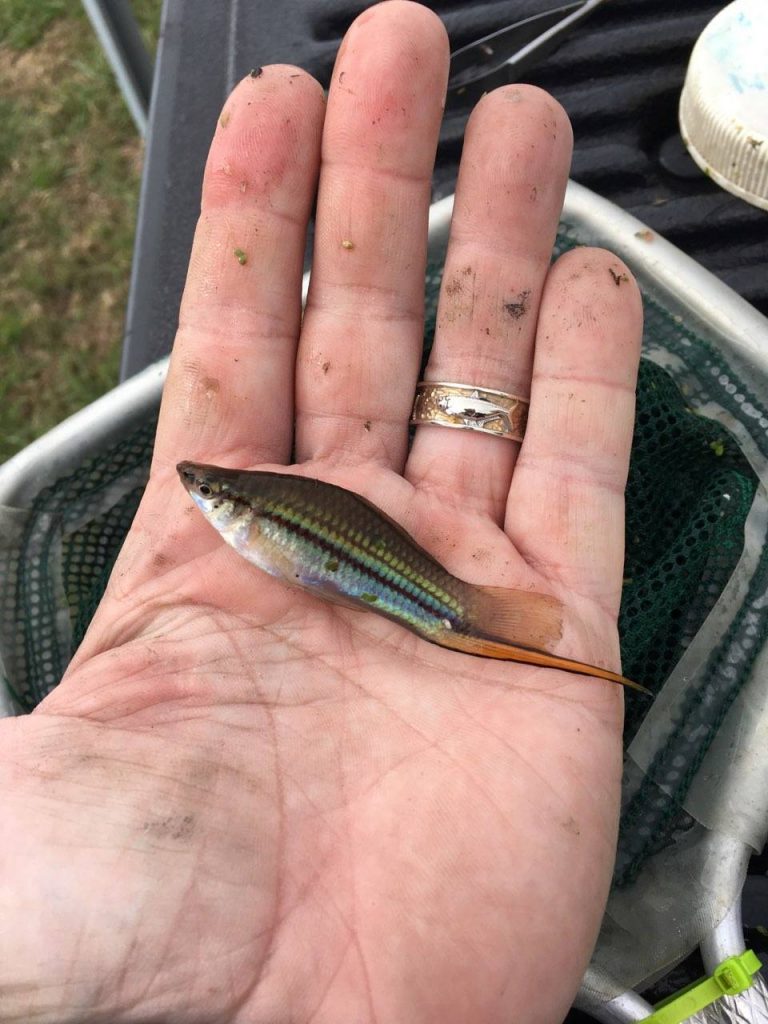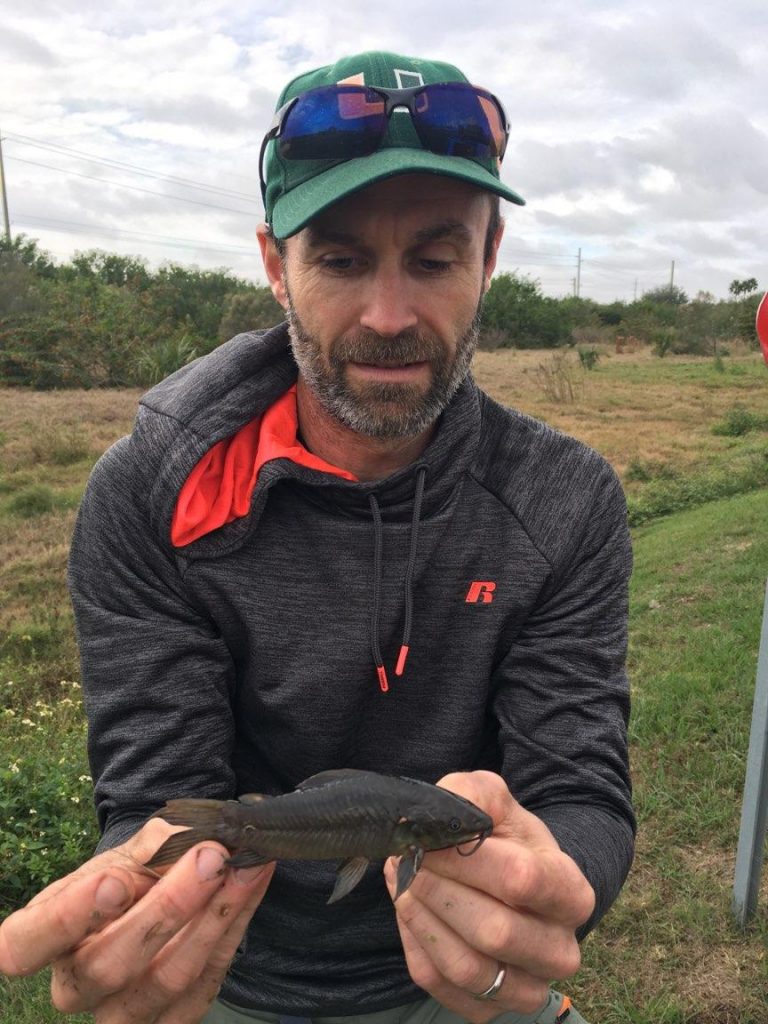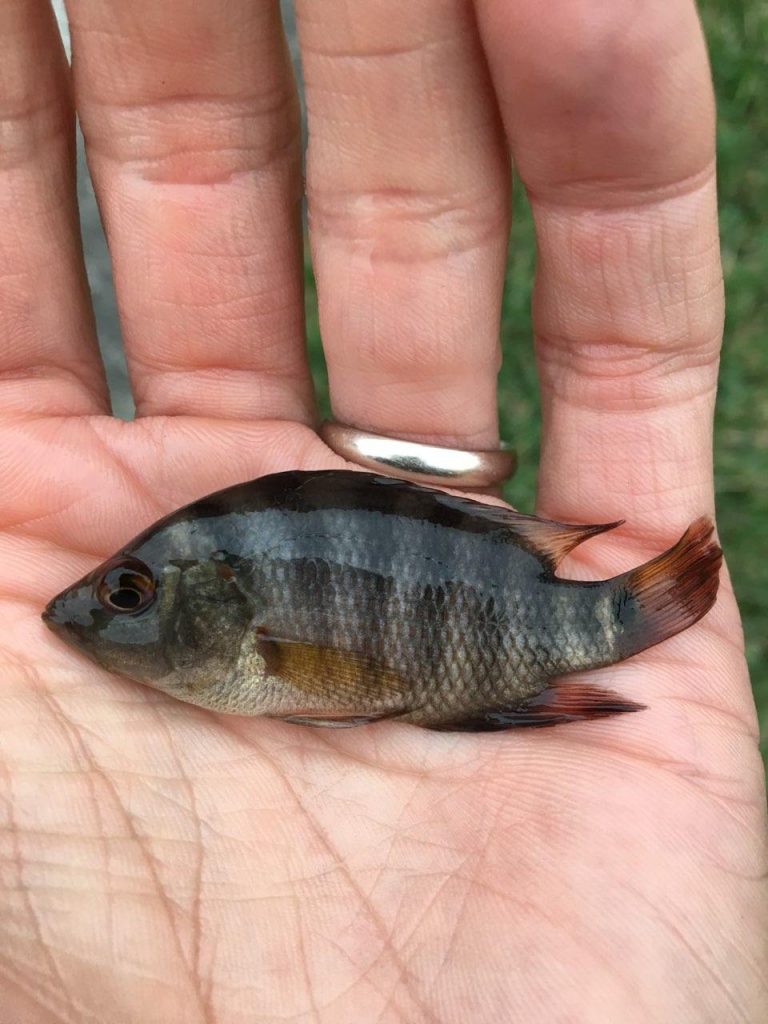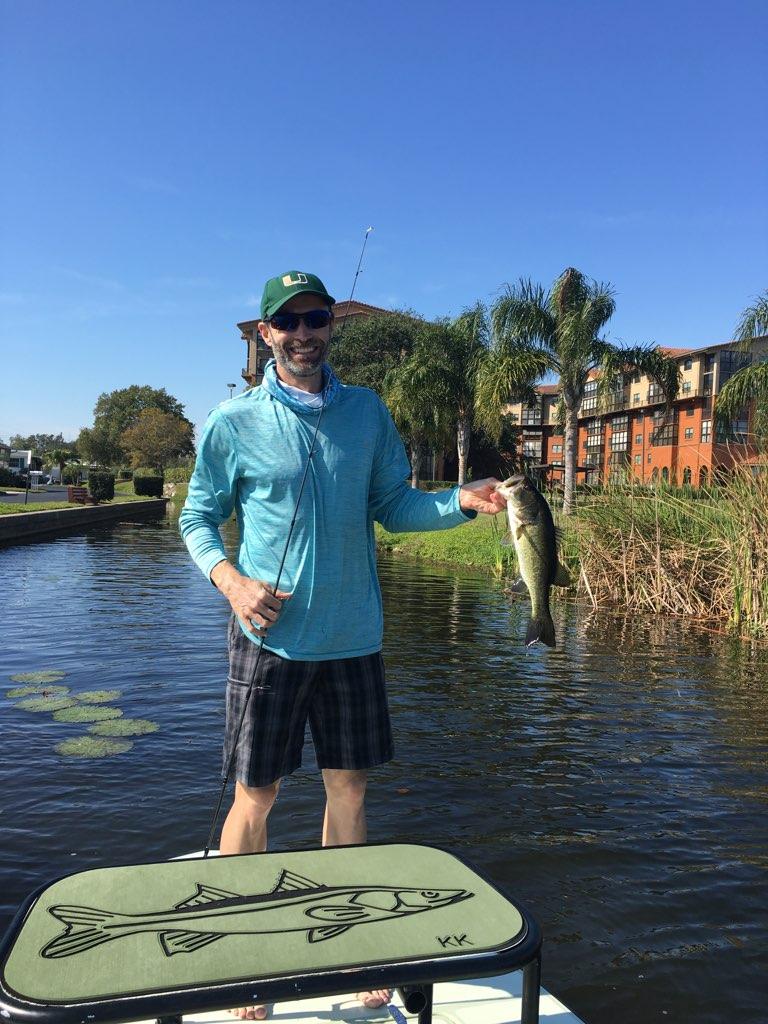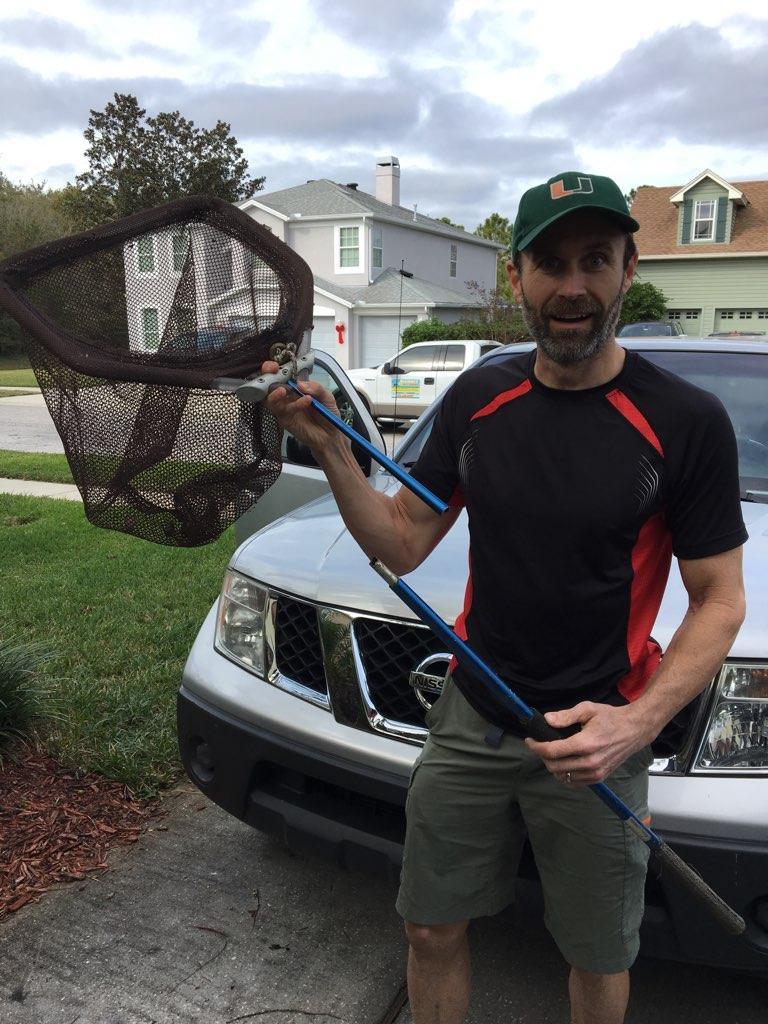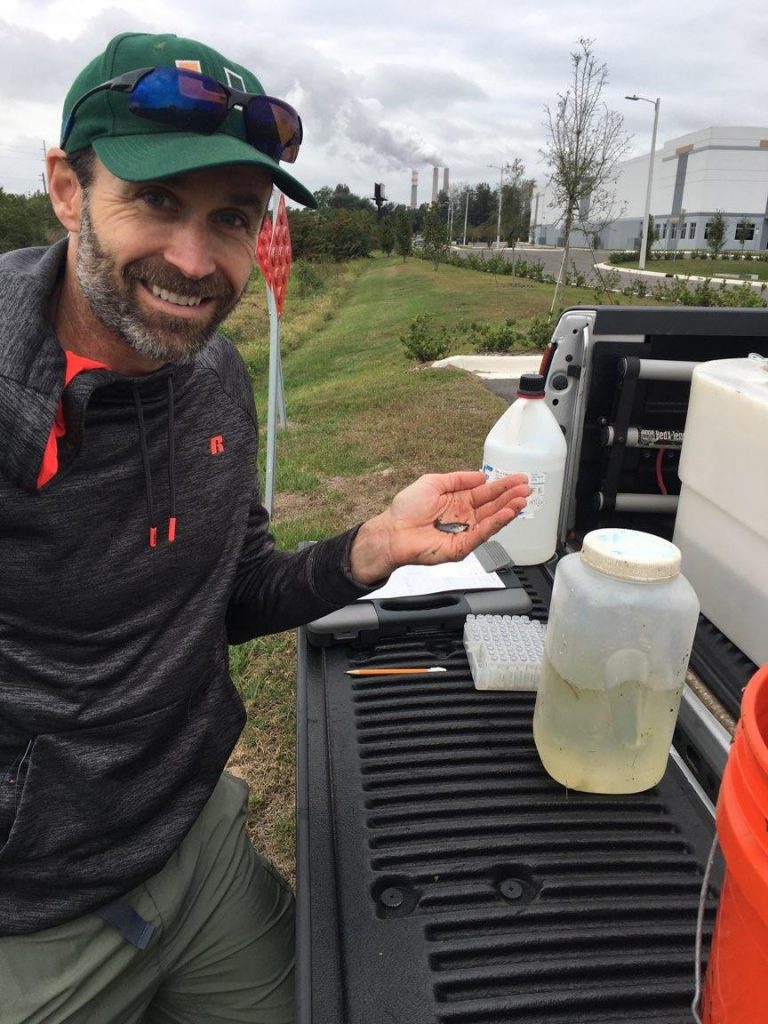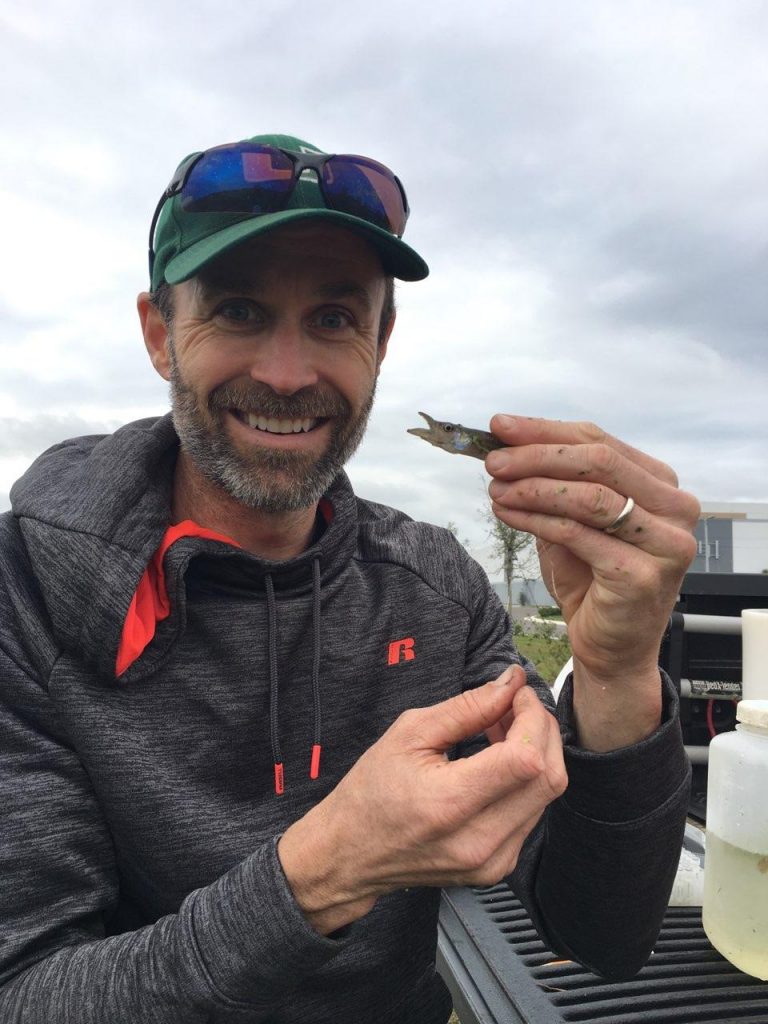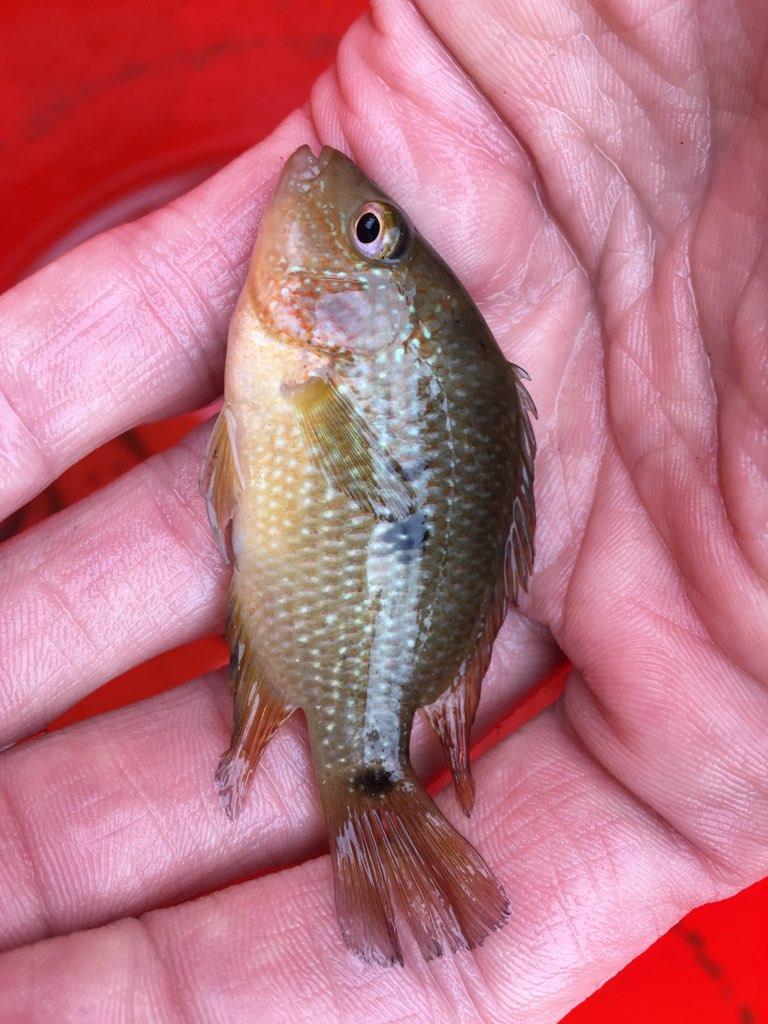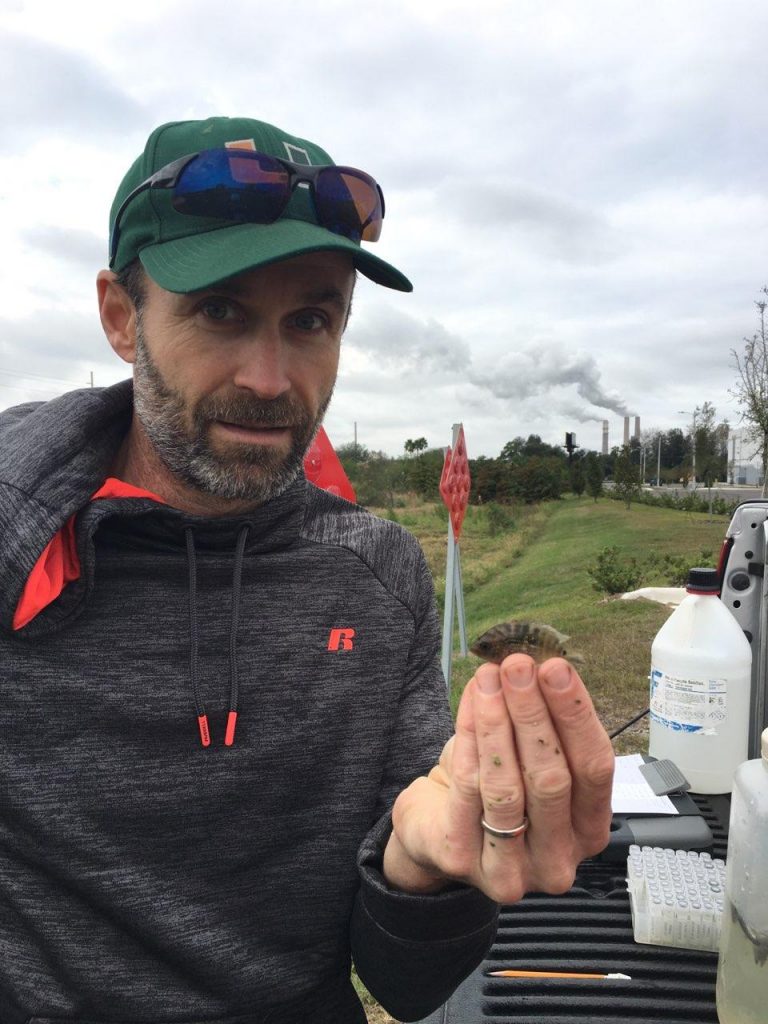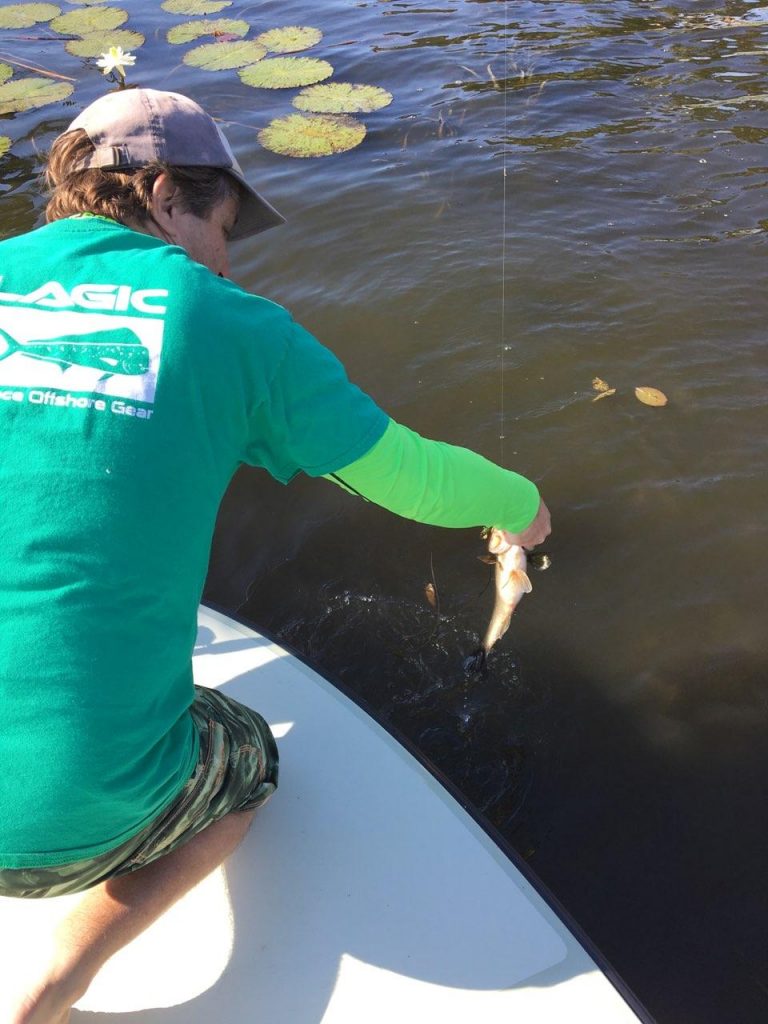We know our scientists work hard, so we make sure they have time off to relax, see family, and get out of the lab. Apparently vacation doesn’t actually mean they stop working though.
This holiday break, Rob Robins waded through Pinellas and Hillsborough counties here in Florida, looking for signs of non-native fish. He met up with fellow biologist, Kenney Krysko, and they went adventuring into the many and varied waterways around the Tampa Bay area.
Florida is home to a growing number of non-native species of fish. Biologists monitor their inevitable spread in order to understand their impact and travel rate through the state.
Rob and Kenney discovered species that had expanded their previously documented range, and also located what might be a new non-native species on the loose. They took DNA samples of a great many specimens in order to trace the origin of these populations, especially to determine whether they escaped from the aquarium trade or the farmed fish trade.
Several days in the field left them with a broken dip net, a good amount of muddy laundry, and a treasure of specimens and samples to bring home to the lab.
Some finds:
- Mayan Cichlid (Cichlasoma urophthalmus) from South and Central America were first discovered in South Florida in the ‘80s and have been slowly spreading north through the state.
- Rio Grande Cichlid (Herichthys cyanoguttatus) or Texas cichlid is native to the U.S., but not to Florida.
- Unidentified poecilliid – Although some species of this freshwater fish family are native to the Southeastern US, the aquarium trade and mosquito control endeavors have introduced nonnative species to new areas.
- Pike Killifish (Belonesox belizanus) were released into South Florida in the ‘50s from a medical research program, and their populations have persisted because they are tolerant of poor water quality.
- Brown Hoplo (Hoplosternum littorale) are native to South America but made it to Florida in the mid-’90s.
- Jack Dempsey (Rocio octofasciata) are cichlids popular in aquariums because of their colors but are native to Mexico and Honduras.
- Green Swordtail (Xiphophorus hellerii) are a popular aquarium fish and lab animals, and very successful nonnative species in Florida.
Browse our Fishes in the Fresh Waters of Florida Gallery
Learn more about Ichthyology at the Florida Museum.
